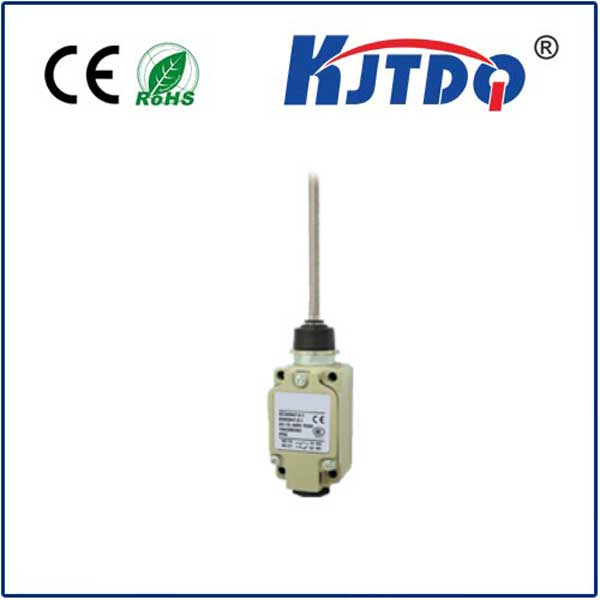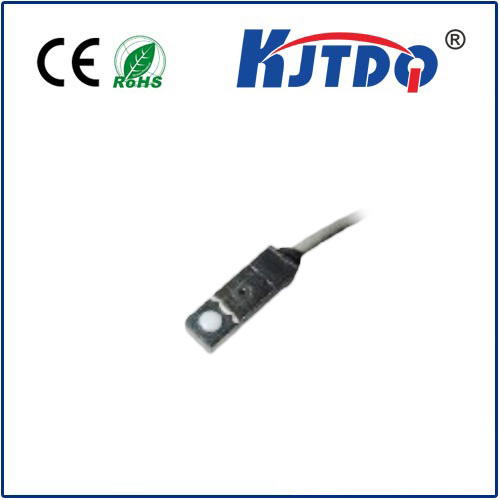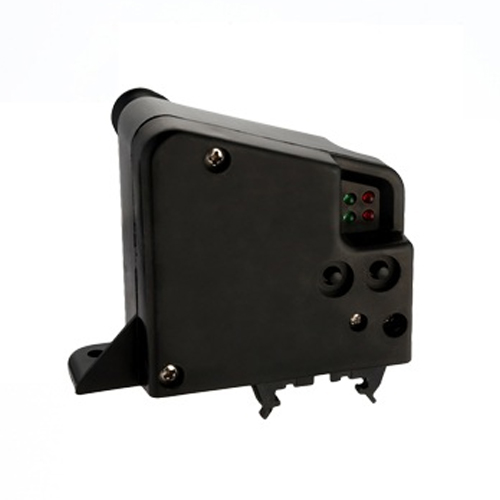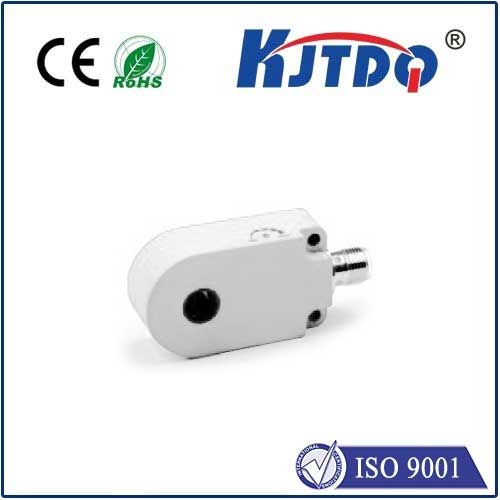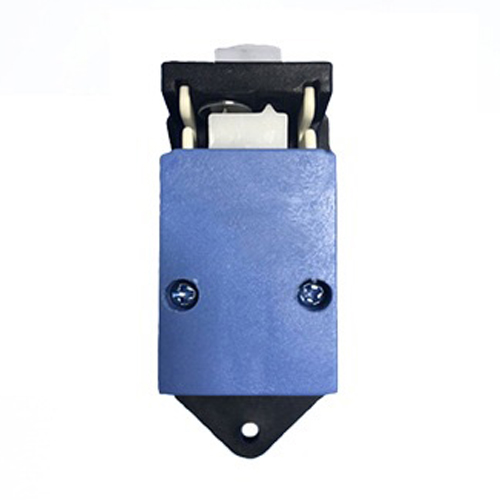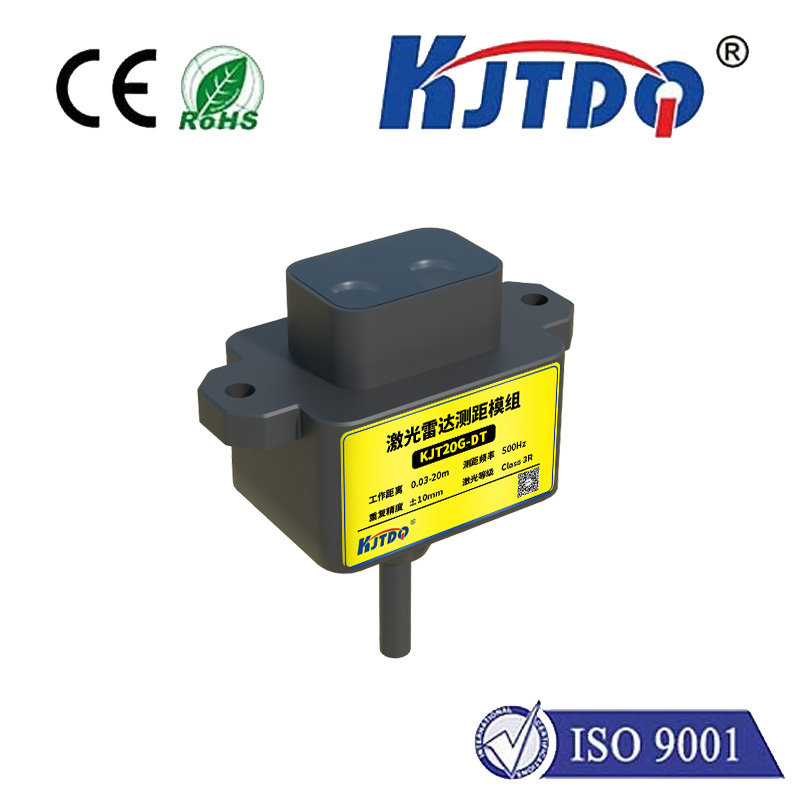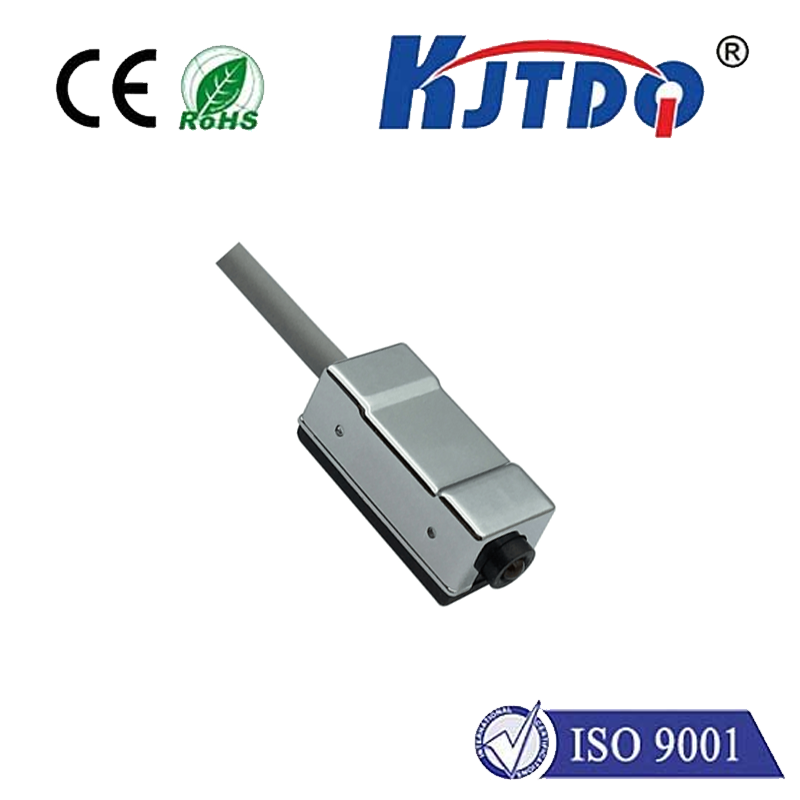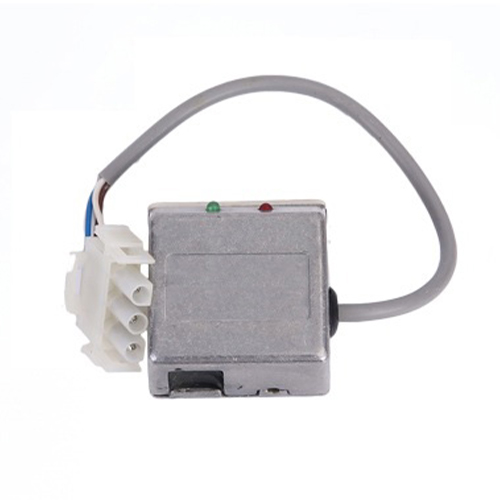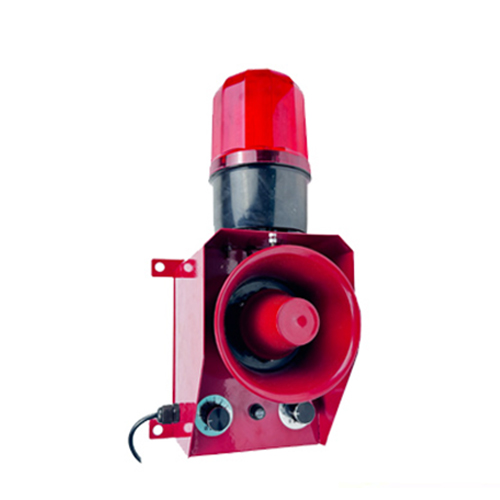

check

check

check

check

check

check

check

check

check

check
Introduction:
The advancements in technology have been a driving force behind several revolutionary inventions that have transformed various industries. Among these, magneto inductive sensors hold immense potential and are playing a crucial role in enhancing efficiency and accuracy in various applications. In this article, we will delve into the intricacies of magneto inductive sensors, their working principles, and their impact on modern-day technology.
Section 1: Understanding Magno Inductive Sensors
Magneto inductive sensors are non-contact sensors that utilize the interaction between a magnetic field and an alternating current (AC) circuit to measure physical parameters. These sensors work based on the principle of electromagnetic induction, where a magnetic flux change generates an electric current in the coil. The sensor then measures the current's amplitude, which is proportional to the magnetic field strength. This information is used to determine the desired parameter, such as temperature, pressure, or even position.
Section 2: Applications of Magno Inductive Sensors
Magneto inductive sensors have found diverse applications across various fields, including industrial automation, medical devices, automotive industries, and aerospace engineering. Some prominent examples include:
1. Industrial Automation: Magno inductive sensors are widely used in process control systems for monitoring and optimizing production processes. They can detect temperature variations, pressure fluctuations, and other environmental factors, providing real-time data to improve operational efficiency.
2. Medical Devices: In medical devices like MRI machines, magneto inductive sensors are used to measure magnetic fields generated by the spinning protons within the device. This data is critical for accurate diagnosis and treatment planning.
3. Automotive Industries: Magno inductive sensors play a vital role in automobiles by detecting various conditions, including tire pressure, engine performance, and fuel consumption. This information helps drivers maintain optimal vehicle performance and avoid potential hazards.
4. Aerospace Engineering: In space exploration missions, magneto inductive sensors are used to monitor and measure changes in magnetic fields caused by solar activity or other external factors. This data is essential for spacecraft navigation and safety during extreme conditions.
Section 3: Advantages of Magno Inductive Sensors
Magneto inductive sensors offer several advantages over traditional mechanical or optical sensors due to their non-invasive and reliable nature. Key benefits include:
1. High Accuracy: Magno inductive sensors provide high levels of accuracy, making them ideal for tasks that require precise measurements, such as measuring temperature or pressure differences between two points.
2. Easy Installation and Maintenance: Since magneto inductive sensors do not require any physical contact with the object being measured, installation and maintenance are relatively simple and cost-effective.
3. Long Battery Life: Most magneto inductive sensors use batteries to store energy for extended periods without requiring frequent replacements or upgrades.
4. Versatility: Magno inductive sensors can be designed for different types of measurement tasks, allowing them to be used across multiple industries and applications.
Conclusion:
The development of magneto inductive sensors has revolutionized the way we approach sensing and measurement tasks in various sectors of the economy. With their superior accuracy, ease of installation and maintenance, and versatility, these advanced sensors are poised to play an increasingly significant role in shaping our future technological landscape. As research continues to refine their design and capabilities, we can expect even more groundbreaking innovations driven bymagneto inductive sensor technology.
